Mother's Day: Flower growers expect higher sales, but there is uncertainty over tariffs.

Roses, carnations, chrysanthemums, alstroemerias, and lilies left Colombia for 100 countries around the world for Mother's Day, which will take place tomorrow. The main country receiving the flowers was the United States, which represents 84 percent of the value of these exports during this special season.
In Colombia, the "Pétalo Plan" is being launched on farms in Cundinamarca and Antioquia. EL TIEMPO visited one of these farms in La Ceja, in eastern Antioquia, where chrysanthemums are grown on 30 hectares.
It's worth noting that last year, the country exported $2.359 billion and approximately 332,000 tons of flowers, representing a 13 percent increase in value and 8 percent in volume compared to 2023. And, while the current season's data is consolidated, projections for this year are more optimistic.
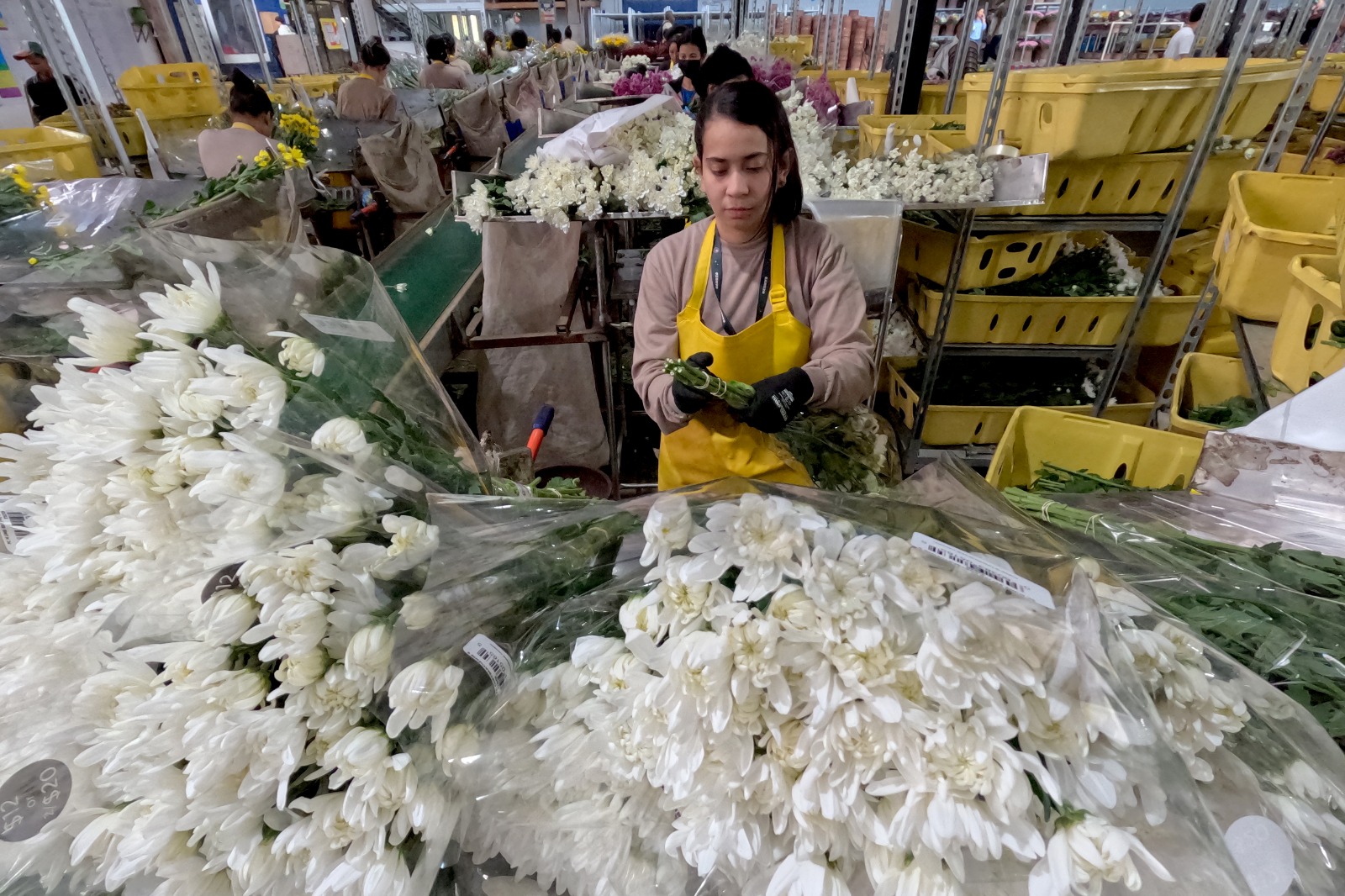
In 2024, the country exported $2.359 billion and approximately 332,000 tons of flowers. Photo: Jaiver Nieto / EL TIEMPO
“The 2025 (Mother's Day) season was historic. It had the highest volume compared to last year, up 13 percent,” says Diogo Elias, CEO of Avianca Cargo. The company was responsible for transporting 60 percent of the flowers exported from Antioquia, one of the epicenters for flower growers. More than 20,000 tons of stems were shipped from that department, despite the complications caused by the rainy season.
However, although the numbers are expected to be positive this season, not everything is rosy. The flower sector remains in a state of uncertainty due to the 10 percent global tariffs imposed by U.S. President Donald Trump.
“From flower growers to the end customer, this is an issue that must be adapted to what we have. The risk is that this tariff will continue to increase. Right now, the sector has had to adjust, but we hope the government will be able to lower it back to zero percent,” says Carolina Pantoja, Director of Economics and Logistics for the Colombian Association of Flower Exporters (Asocolflores). She says it's essential for the tariff to be lowered for the sector to continue growing, and if this doesn't happen, they hope it remains that way to avoid negative impacts on the value chain.
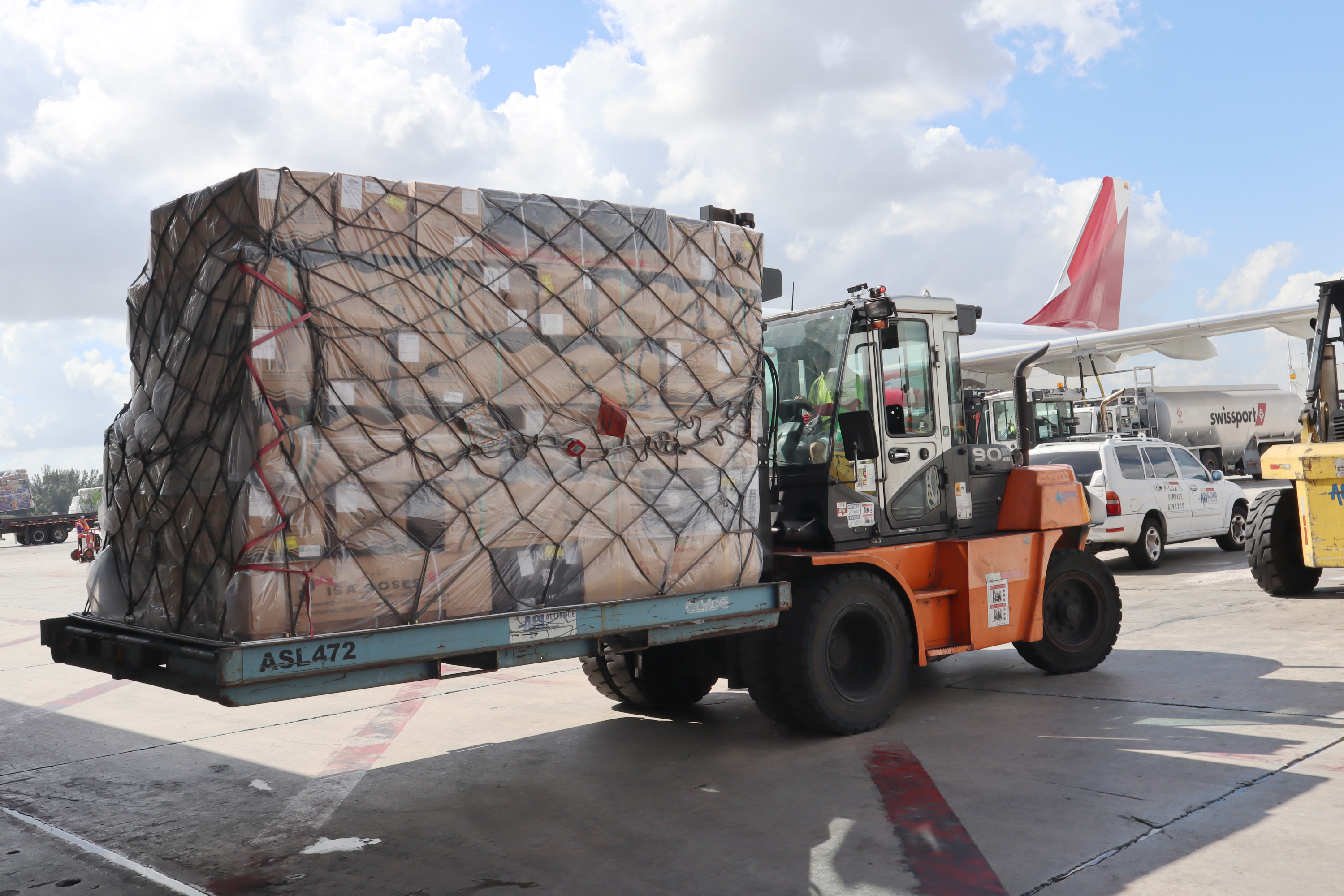
The flowers are transported by air and sea. Photo: Avianca Cargo
Jorge Bedoya, president of the Colombian Agricultural Society (SAC), agrees. “This 10 percent issue creates a different situation under the existing free trade agreement with the United States. We have asked the government to return the tariff to zero percent because this is extremely important not only for businesses but also for the more than 150,000 direct jobs this sector creates,” the union leader asserts.
He added that they are awaiting President Gustavo Petro's trip to China. They hope the Silk Road agreement will not be signed, as they believe it could bring a harsh response from Trump.
The marathon tour of flowers These are four weeks in which production and logistics for Mother's Day are the priority. During this season, as with Valentine's Day, operations can triple because these two periods represent nearly 36 percent of the flower industry's annual export volume.
The Esmeralda farm, owned by the Sunshine Bouquet company, is one of the places where flowers for export are sourced. Approximately 532 people work there, including single mothers and their children, victims of the armed conflict, and others. More than 65 varieties of yellow, pink, and white chrysanthemums are grown on the land.
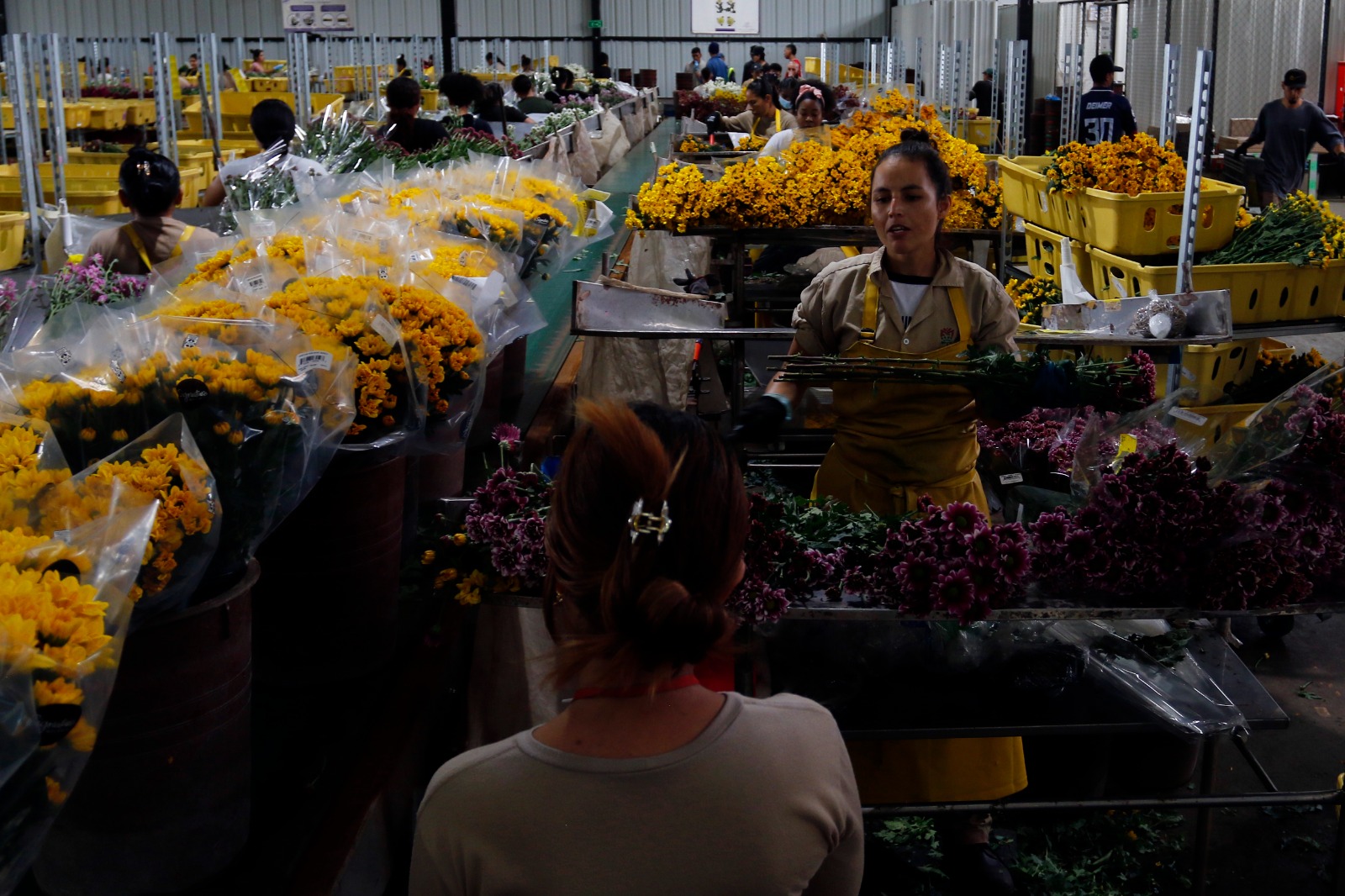
More than 65 varieties of chrysanthemums are grown on the land. Photo: Jaiver Nieto / EL TIEMPO
After 12 weeks of flowering, they are cut and taken to a special two-hour treatment, before being shipped in refrigerated trucks to the cargo terminal at José María Córdova Airport in Rionegro. "We have 31,000 people working for the season and 1,000 victims of the conflict within the company. From Antioquia, we had 170 tons shipped daily on average," Fredy Layton of Sunshine explains about the operation.
What makes it possible for these Colombian beauties to flood primarily into the United States and arrive intact is the logistics behind the Avianca cargo terminal, where they are stored for 10 to 12 hours in a cold room at an average temperature between 2 and 8 degrees Celsius.
Avianca Cargo was one of the companies responsible for transporting the boxes of bouquets over 2,435 kilometers, received in Miami, the city where 90 percent of the flowers entering the United States arrive. "We're making history because flowers are good news from Colombia to the world. This year we tripled our logistics operations," Pantoja says.
Upon leaving Colombia, the flowers are transported three and a half hours on cargo planes to Miami International Airport, where they are inspected by Customs and Border Protection to prevent the entry of pests into the country. They are then transferred to trucks, which transport them to other cities.
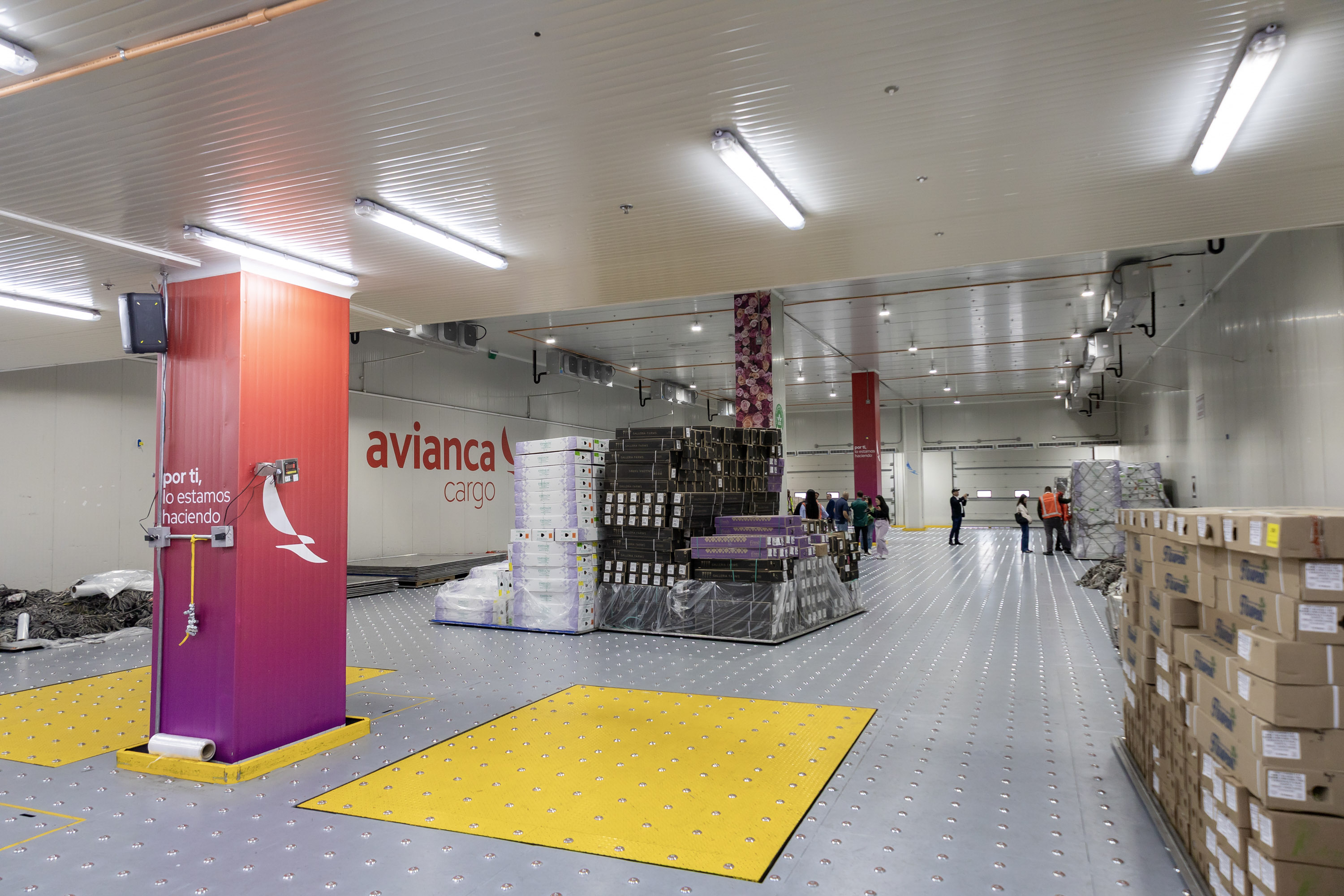
Avianca Cargo was one of the companies responsible for transporting the boxes containing the bouquets. Photo: Avianca Cargo
More than 85 percent of the flowers sold in American supermarkets are imported, and 60 percent of them are Colombian. The smallest bouquet costs up to $10 (42,000 pesos), and the most expensive around $24 (more than 100,000 pesos).
What makes flowers from Colombia, the world's second-largest flower exporter after the Netherlands, so attractive is their diversity. The country boasts 1,600 varieties. In 2024, the largest exports by species were roses (19%), carnations (16%), chrysanthemums (14%), hydrangeas (7%), alstroemerias (6%), and other species (38%).
According to Carmen Caballero, president of ProColombia, Colombian flowers are more than just an export product. “They represent our natural wealth, resilience, and the talent of this land of beauty. We continue to bring the color and excellence of our flowers to every corner of the planet, building a legacy of innovation and national pride. This industry also contributes to the economies of Colombia and the United States, generating employment and a productive chain that transforms lives,” she says.
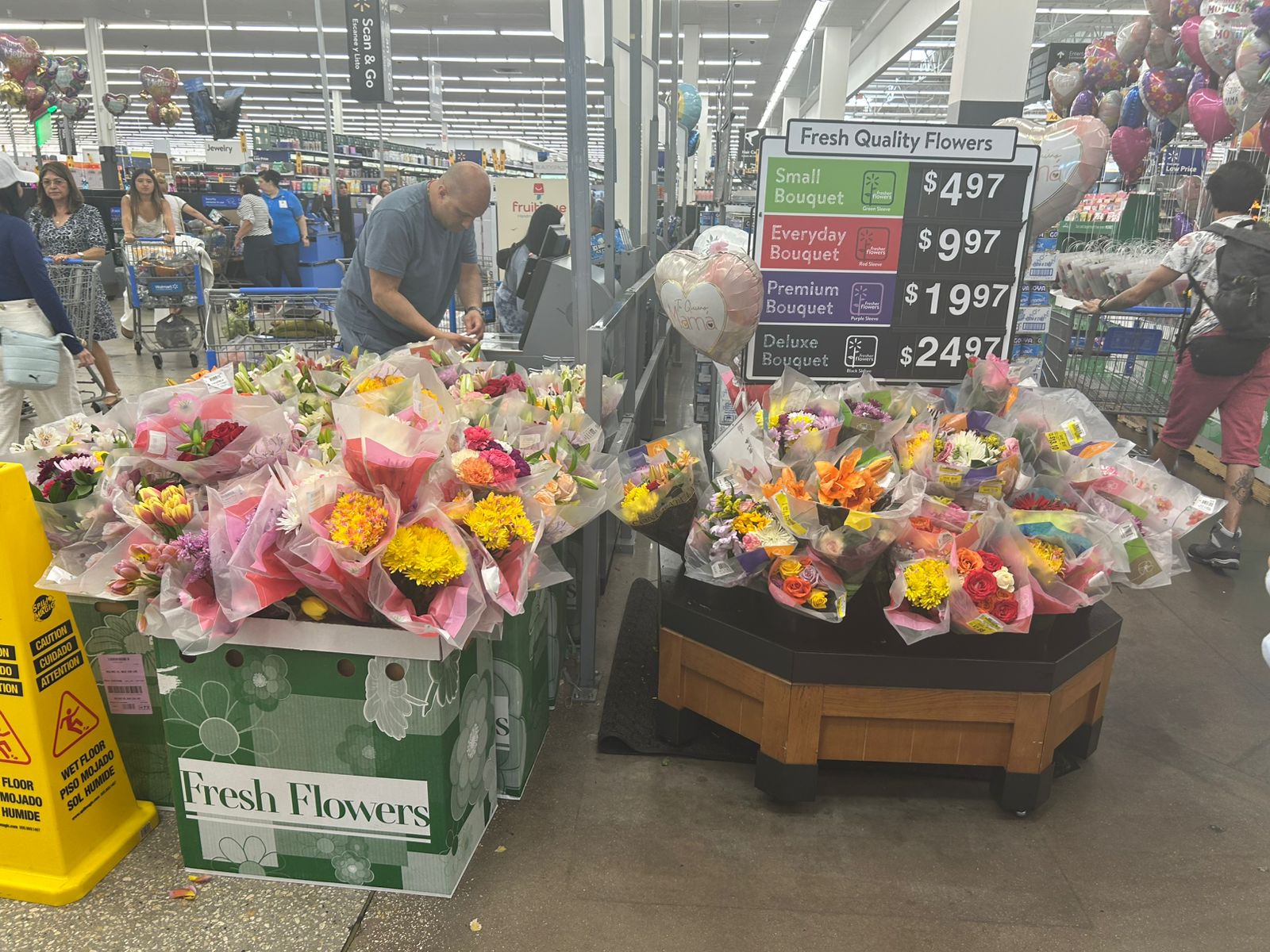
More than 85% of the flowers sold in American supermarkets are imported. Photo: María Alejandra González Duarte
In fact, seasonal job openings are growing by 34 percent, adding 12,000 temporary positions. Furthermore, of the total direct jobs, 21,000 are held by women, 16,000 of whom are mothers.
While the main destination for Colombian petals at this time of year is the United States, which represents 84 percent—it generally receives 80 percent each year—followed by Canada and Japan (3 percent each), the United Kingdom and the Netherlands (2 percent each), and other destinations (covering 95 countries), with 8 percent.
"Cargo has performed impressively. Several Colombian airports are ranked among the top cargo handlers in Latin America," notes Paula Bernal of the International Air Transport Association.
You may be interested in: Maria Alejandra Gonzalez Duarte
eltiempo





